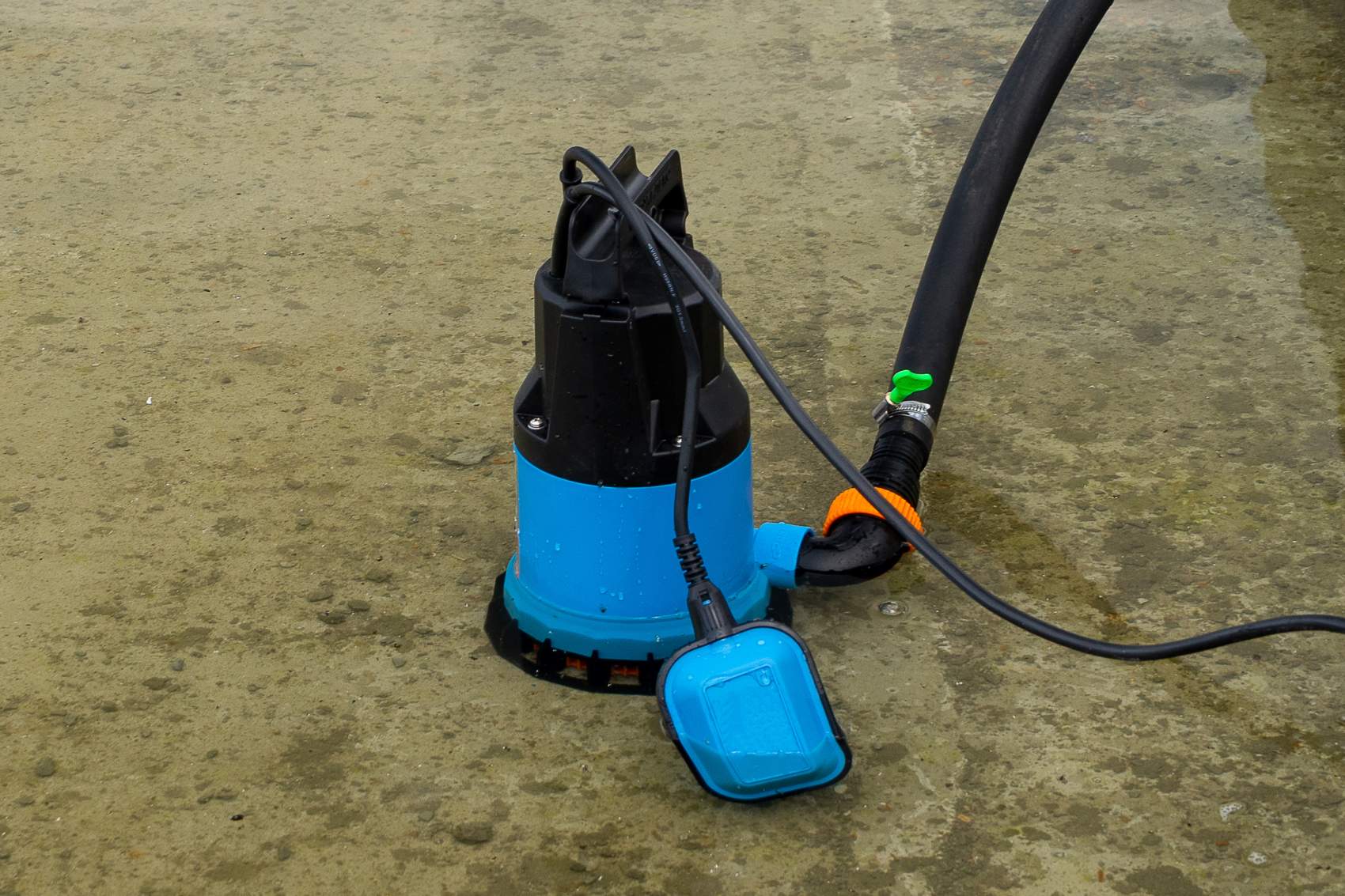Submersible pumps are a reliable and efficient way to manage water in various settings, from residential basements to construction sites. However, like any mechanical device, they can encounter issues that affect their performance. Understanding how to troubleshoot common problems can save time, reduce costs, and extend the life of your pump. Here are some typical issues faced by submersible pump users in the Greater Toronto Area and how to address them.
Pump Won’t Start or Run
- Tripped Circuit Breaker: Check your home’s electrical panel to see if the circuit breaker has tripped. Reset it if necessary.
- Faulty Electrical Wiring: Inspect the pump’s wiring for any signs of damage or wear. Electrical issues should be handled by a professional electrician or technician.
- Overheated Pump: Some pumps have thermal overload protection that shuts off the pump if it overheats. Allow the pump to cool down before attempting a restart.
Insufficient Water Flow or No Water
- Clogged Intake or Discharge: Clear any debris from the pump’s intake and the discharge line. A clogged intake or a blocked discharge line can severely restrict water flow.
- Air Lock: Air trapped in the pump or discharge line can prevent water from flowing. To resolve this, briefly lift the pump to allow air to escape, or check for an air-bleed valve.
- Incorrect Pump Size/Type: Ensure the pump is appropriately sized for the application. An undersized pump may not provide adequate water flow.
Pump Runs Continuously
- Stuck Float Switch: For pumps with a float switch, ensure it moves freely and is not obstructed. A stuck float can cause the pump to run continuously.
- High Water Inflow: Excessive water entering the sump basin can cause the pump to run more frequently. Adjust the pump settings if possible, or consider installing a more powerful pump.
- Leakage in the Discharge Line: Water leaking from the discharge line and flowing back into the sump basin can cause the pump to cycle on and off repeatedly. Check for leaks and repair as necessary.
Excessive Noise or Vibration
- Debris Inside the Pump: Remove the pump and inspect it for debris or obstructions that could cause noise or vibration. Clean the pump thoroughly before reinstalling.
- Worn Bearings or Impeller: Over time, the pump’s bearings or impeller can wear out, causing increased noise and vibration. These parts may need to be replaced.
Pumping Air or Producing Bubbles
- Low Water Level: Ensure the pump is fully submerged. If the water level is too low, the pump may draw in air.
- Cracked Intake or Discharge Line: Inspect the lines for cracks or damage that could allow air to enter the system. Replace any damaged components.
Partner with The Pump House for Expert Support
When troubleshooting doesn’t resolve the issue, or if you’re unsure about any step, The Pump House is here to help. Our team of experts can provide diagnostic services, repairs, and replacement parts or pumps to ensure your system operates at peak efficiency.
Visit Us or Get in Touch
The Pump House
10 Newkirk Rd Unit 4, 5, or 6,
Richmond Hill, Ontario
Google Maps
For assistance with any submersible pump issues, contact The Pump House at +1 (905) 884-5588 or toll-free at +1 (800) 718-2789. You can also email us at info@onestop-pumpshop.ca or visit https://onestop-pumpshop.ca/ for more information. Rely on The Pump House to provide the solutions you need for all your submersible pump concerns.
Ensure your submersible pump’s reliability and efficiency with The Pump House – Your One Stop Pump Shop, your partner in effective water management solutions.
